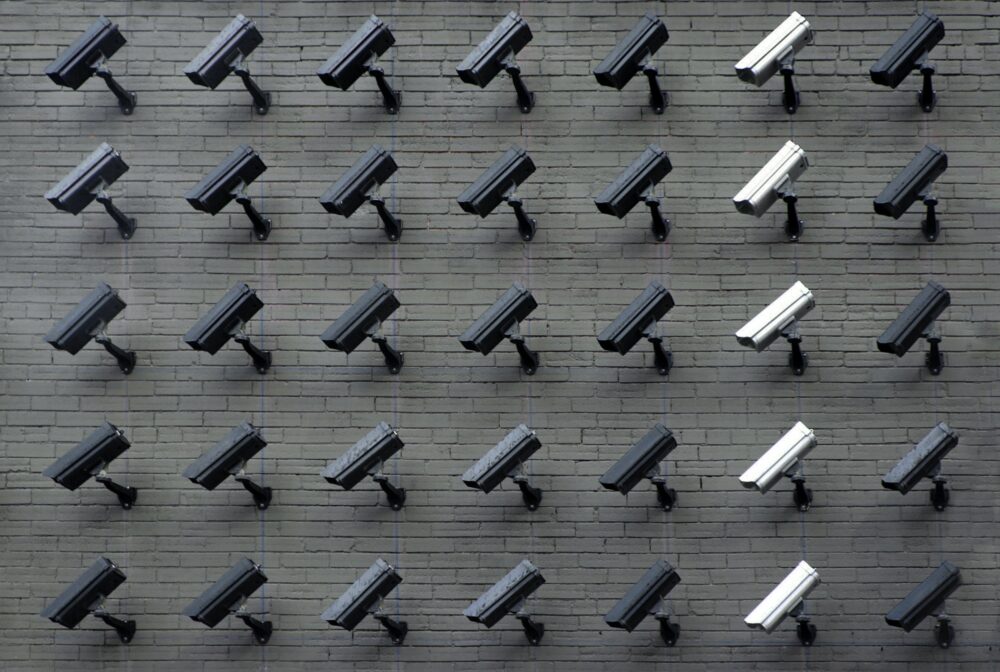It’s been over 70 years since CCTV first became commercially available. At the time it was considered a revolutionary development, but for most of the next seven decades it hasn’t kept up with the pace of digital change.
That’s all changing with the advent of smart cameras, which are now flooding the market with a growing range of capabilities.
These capabilities aren’t simply limited to consumer benefits, such as Amazon Ring’s front door view from a mobile device. Smart cameras offer enormous opportunity for the enterprise world too, particularly for the physical retail sector, which now has access to huge streams of actionable data insights on purchasing behaviours, previously only available to online retailers. But many businesses are yet to realise their full potential.
Time to change the habit of a lifetime
There’s one rather large differentiator between CCTV and smart cameras that gives the latter such a huge advantage. The CCTV systems that most retailers are currently using force them to rely on historical footage, rather than the here and now, meaning retailers don’t have the capacity to make real-time decisions. But with smart cameras, they can.
Smart cameras bring far more intelligence to the world of physical surveillance. Most use powerful processing capabilities and an innovative architecture that minimises both the physical infrastructure and software requirements of each individual device.
Conversely, the deployment of smart cameras as part of wider IT infrastructures delivers full visibility into customer personas and behaviours, as well as availability status, without requiring staff to inspect individual cameras. This alone is a significant time and money-saver and improves both the reliability of surveillance systems and their availability; they no longer have to rely on clunky physical infrastructure and cables, prone to periods of downtime. Maintenance and installation costs are also significantly lowered because software and configuration updates can be completed remotely, and additional cameras don’t need to be directly connected to physical infrastructure, only via wireless connection. Such plug-and-play infrastructure is likely to make the cost of expansion cheaper and more predictable in the long term.
Crucially though, access to video footage becomes much easier, in contrast to legacy CCTV, which often requires stakeholders to leverage a team or contact a store manager to pull the video for them before it can be analysed. In the world of integrated CCTV, data is centralised in the cloud so that this can be accomplished from anywhere, whenever needed, by any authorised individuals.
With such systems in place, retailers can not only maintain shoppers’ physical safety and security, but they give themselves access to new streams of advanced business intelligence.
These are just some of the technical benefits of smart, networked CCTV deployment, but the business case really comes to life when you consider how smart cameras can drive actionable business intelligence, exceptional value, and enhanced customer experiences.

Reaching full smart camera potential
Smart cameras have many different applications within the retail environment; replacing traditional CCTV functionality (at a greatly reduced cost with much more flexibility), is only the beginning.
Their ability to recognise certain customer behaviours is undoubtedly one of their biggest advantages. Understanding and identifying customer personas and behaviours in such a detailed way – whether it’s a customer leaving the checkout without all their items, their personal characteristics, or even which items they’ve dwelled in front of – is something that has previously only been available to online retailers, giving them the advantage.
Now, these data streams can be fed into cutting-edge artificial intelligence (AI) tools, which automatically generate accurate customer personas that are used to optimise the wider digital marketing strategy for physical stores. This enables a more personalised and bespoke customer experience, where customers only receive the news, product information, and special offers that suit their persona and will encourage repeat visits.
For example, imagine if a young individual walked into a coffee shop on their own. Once identified by the shop’s smart cameras, they can communicate with digital displays in front of the customer to produce marketing materials that would be of most interest to them.
The benefits don’t stop there, either. As shown by Amazon Go, smart cameras also unlock the possibility of cashierless shopping by identifying the products in customers’ baskets as they leave the store, improving their in-store experience. In tandem with other IoT devices the technology, it can also be deployed to streamline restocking and simultaneously preventing theft, which rose by 20% in 2020 compared to 2019 before the pandemic temporarily disrupted in-person retail.
Advanced behaviour detection is also being incorporated into these smart CCTV systems to improve these statistics further, again leveraging AI and machine-learning tools to identify patterns of criminal behaviour and send automated notifications to the appropriate member of staff. This can be extended to the point of sale, cross-referencing the data generated by CCTV against enterprise resource planning and point of sale systems to automatically flag any suspect transactions. This promises to streamline security procedures, meaning customer-facing staff can dedicate more time to improving service quality.
Bringing the humble CCTV camera into the 21st Century
So, the humble CCTV camera is undergoing a fundamental transformation from a practical, albeit limited, security precaution, to a rich source of customer insights, as well as opportunities for process optimisation and service improvement. It’s another great example of how technology is ushering in a new era of high-street shopping, where customers enjoy bespoke experiences that they want to repeat again and again, and staff are given freedom to focus on what they do best.
What’s so exciting about this innovation is that the capabilities are not limited to retail. There are countless potential benefits for the supply chain too, for instance, smart cameras are set to accelerate the development of driverless forklifts thanks to their ability to identify pedestrians and obstacles and avoid collisions. In fact, smart cameras can be extended into any environment where there is a CCTV requirement, making the opportunity for digital transformation and data-driven insights, endless across multiple industries.


















